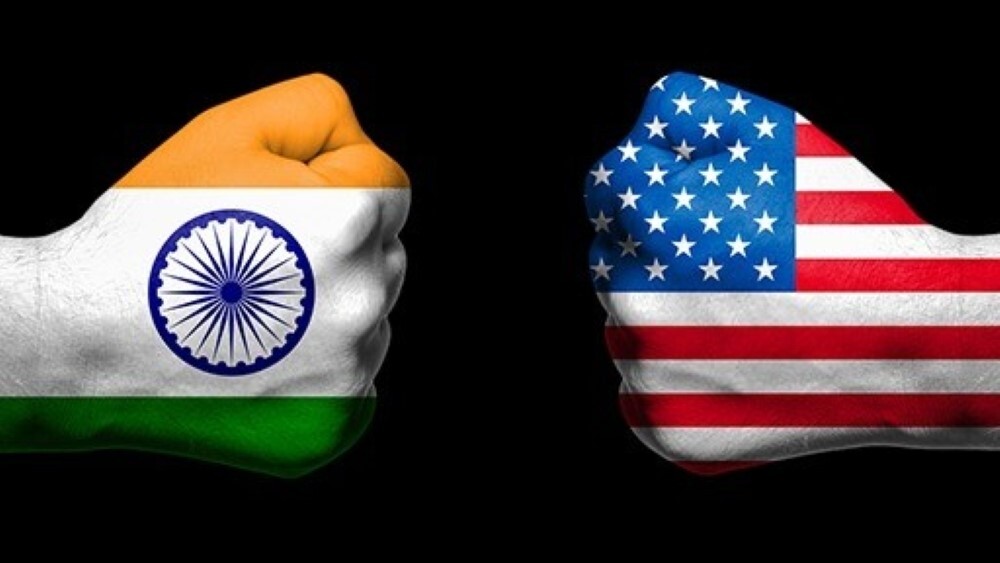

In a recent event, where the US retaliated and dismissed India's request for a safeguard measure on aluminium and steel, it was not a bilateral discussion at the World Trade Organisation (WTO). Now, India is on the road to imposing a retaliatory tariff only if the US fails to continue the conversation on the imposed tariff on aluminium and steel. Is this trade war between the US and India indicating a possible disruption in their trade relations?

Image source: linkedin.com
A recent report by Moneycontrol indicates that there is no sign of action initiated or implemented by India during the bilateral talks conducted at the WTO. But, both regions were focused on striking a favourable trade deal by July 9, when the reciprocal tariffs were paused for 90 days. However, on July 4, the Trump administration doubled the tariff from 25 per cent to 50 per cent, which included India as well.
After doubling the tariff on July 4, India pleaded to the WTO that Trump's tariff does not fall under the safeguard measure. If properly calculated, the safeguard measure would impose a levy of USD 7.6 billion on India's exports, resulting in a total of USD 1.91 billion in duties, making the product prices equivalent to the duty paid.
The further complaint by India also sheds light on the 25 per cent duties applicable to automobiles and auto parts, but it is not a significant subject of the threatened retaliation. Despite multiple complaints raised by India at the WTO, the US remains adamant in stating that its decision to impose tariffs is an action of national security, not a safeguard measure.
Before this, India had also challenged the US tariff by imposing reciprocal tariffs on US products, dating back to 2018 when a 25 per cent and 10 per cent tariff was imposed on steel and aluminium. In this context, India lifted the reciprocal tariff when the Biden administration removed the duty restriction via quotas.
Responses








